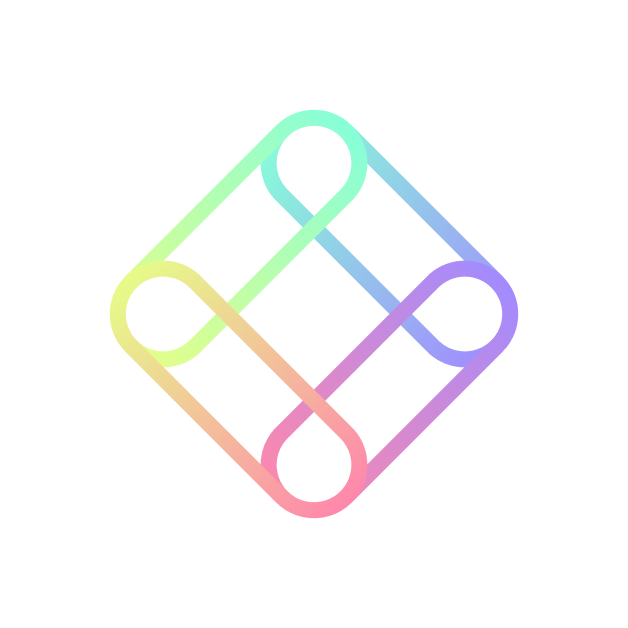Understanding the Role of Community in Driving Growth
Imagine that you’re searching for a new online design tool to finally create the marketing materials you need for a side project you’ve been thinking about for years. But you don’t know where to start. A search for an online design tool brings up 1.7 billion results and you feel overwhelmed with choices. Luckily, one […]

Imagine that you’re searching for a new online design tool to finally create the marketing materials you need for a side project you’ve been thinking about for years. But you don’t know where to start. A search for an online design tool brings up 1.7 billion results and you feel overwhelmed with choices. Luckily, one of the software vendors has an interesting-looking online community that connects you with existing customers who can answer all of your questions about their product. It’s what convinces you to purchase and you stick with the community for more ideas, advice and networking. In fact, your decision becomes less about the product itself and more about the brand community.
This simple example illustrates the power of communities in attracting, informing, and retaining customers. It’s given rise to a new growth model known as community-led growth and predictions that communities will become a must-have for all businesses. Indeed, in just five years, Reddit co-founder Alexis Ohanian predicts that “more than half of the top-500 publicly traded companies are going to have a chief community officer.” In other words, communities will become a C-Suite priority.
In many ways, this is an evolution of a movement that’s been happening for years. Apple is famous for its almost cult-like following. Salesforce is powered by its TrailBlazers. And Peloton users are proud to wear its merch all around town. To put it another way, communities transform your customers into fans and advocates. And that’s a powerful way to unlock exponential growth.
What is community-led growth?
But you might be left wondering, what is community growth in the first place?
A community-led growth strategy puts a community at the centre of your business growth. Everything stems from it. Community-led growth is best represented as a flywheel, as its effects are cumulated and continuous.
The community-led growth flywheel introduces the four areas that a strong online community influences:

- Acquisition: when a customer first commits to your organisation and community. They are getting to know you.
- Adoption: this is when your customer is beginning to understand the value that your company, product, and community brings them.
- Retention: this is when they feel loyal towards your brand and community and are more likely to stay.
- Advocacy: eventually those happy customers refer others to your brand and community, creating new growth opportunities.
To discover more about each of these pathways and the actions you can encourage members to take in each one, check out our exclusive community-led growth course on the Zapnito community.
Community growth versus other strategies
There are many different go-to-market strategies a business can adopt to grow. The community growth approach stands out among all the other growth strategies because it targets those closest to your brand, usually customers, prospects, employees and partners.
Instead of targeting ‘strangers’ with broad messaging in the hopes that a handful will convert (which is costly and time-consuming), a community approach nurtures those who have already bought into your brand. It’s a clever way to increase customer lifecycle retention too. And the longer you retain a customer, the more products and services they are likely to buy.
A prospect who is interested in your community events and content can be converted by the success stories shared by existing customers. Members who have already purchased one product or service from you can be offered add-ons or events.
Community vs sales-led growth
Sales-led growth relies on a persuasive sales team and a compelling business case to close a deal. Community-led growth, however, taps into a prospect’s desire to get recommendations and testimonials from others. Instead of a brand telling a prospect why they should purchase their product or service, customers who are members of the community convince them.
Community vs product growth
Product growth drives growth through an intuitive and shareable product, like Slack or Dropbox. The products themselves are used to generate trial, adoption, and advocacy. However, it can only go so far. Fragmentation is an issue with PLG companies, as users tend to use multiple disconnected tools to get a job done. This can make upselling and cross-selling trickier. Plus it doesn’t take into account what happens after a sale — customers aren’t continuously nurtured post-sale.
A community can plug this gap, by helping bring together experts, customers, and prospects to build solutions and solve problems collaboratively, and by giving additional touchpoints and value post-sale.
Not mutually exclusive
It’s important to remember that these go-to-market strategies are not mutually exclusive. Building a thriving community on top of a high-performing sales process or easy-to-use product creates an even stronger competitive advantage for your brand.
The promises of the community growth approach
As briefly touched on, an online community can drive many different aspects of business growth depending on the stage a community member is at.
At the acquisition stage, a community can shorten sales cycles and nudge a prospect further along towards their purchasing decision.
At adoption, it can increase knowledge of a product and all of its features. Ensuring that customers are satisfied with the results they are getting and troubleshooting any challenges they’re encountering.
Exclusive networking opportunities with community members, cultivating a sense of belonging, and offering thought leadership can build loyalty and boost retention. This gives you more opportunities to increase customer lifetime value through upselling and cross-selling.
When you have a happy group of engaged customers who are using your product to get impressive results, you can leverage your community to turn them into advocates. Equip them with resources and incentives to talk about your product or service, and they will begin generating leads. They can also be highlighted as experts in your community to encourage them to share more of their successes and knowledge.
Types of communities that you can leverage for growth
Depending on your business, there are different ways to engage with community members. Broadly, you can divide most online communities into three groups:
- Product-focused: where members can connect with employees around product features, best practices, self-serve support, forums and so on.
- Topic-oriented: where members join for peer support, expert insights, exclusive content and events, and Q&As with industry influencers.
- Career-focused: these communities hone in on learning and advice to further someone’s career, and they may also include job boards.
Your community may be one of these, or borrow features from multiple categories. Whatever your chosen community, make sure it aligns with your business goals, target audience preferences, brand vision and purpose, and product.
How to build community engagement
Once you’ve identified the type of community you wish to build, the next stage is deciding who should join your community. You can make your community as wide or exclusive as you like — as long as it delivers value to whoever is a part of it.
Then, it’s time to work on your community engagement strategy. Your tactics will differ depending on what part of the community flywheel you wish to start with.
To kickstart this journey, Zapnito has created exclusive templates that focus on the pathways to each stage of this flywheel.
- Acquisition to adoption
- Adoption to retention
- Retention to advocacy
- Advocacy to acquisition
A key part of community engagement involves making your community all about its members. There is a give-and-take relationship involved in a brand community. By giving as much value as you’re getting from your members, you’re ensuring that they’ll remain with you for the long term and you stop your community from becoming too sales-driven.
Measuring community-led growth
Building a community is half the endeavour. The other half is reporting back on what you’ve achieved. Setting up a regular cadence of reporting will help you see how your community has grown over time, if it is meeting its KPIs (key performance indicators), celebrate any wins, and troubleshoot any issues. Ideally, you will have a community technology platform that does most of the heavy lifting in this area with dashboards and reports you can generate in just a few clicks.
Elevate your brand
Investing in a community will do more than just bring your stakeholders together. It adds value to every aspect of your brand, from your products and services to your reputation. By setting up a community today and making it core to your business offering, you are building a strong foundation that will deliver results for decades to come.
Once your community is seen as an opportunity to drive business growth, it’s time to lay strong foundations. For practical insights on how to do this, have a look at Zapnito’s exclusive course on community-led growth.
Still unsure how your business can power acquisition, adoption, retention and advocacy through community? Head to our community and give our Community-Led Growth course a go.
